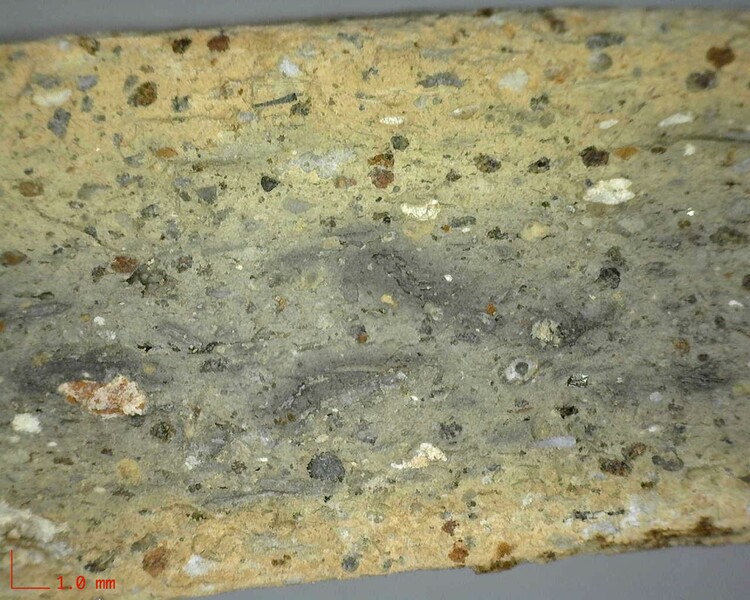The Petrography Project – New Insights Based on Old Ceramics
How can we learn more about ancient trade routes? Can information about the preferences or even the composition of ancient societies be obtained from imported ceramics or locally produced imitations? What does the technological development within ceramic production of the past teach us? These and other questions will be explored in collaboration with the Ceramic Petrography Laboratory of Tel Aviv University, led by Dr Paula Waiman-Barak (https://en-humanities.tau.ac.il/petro_lab).
Petrography provides an insight into the life and work of ancient potters, traders, and consumers. Ceramics are best suited for this purpose as they were inexpensive and represent the largest group of finds. Ceramic petrography contributes to the research on human-geographic connectivity and the social adaptation of ancient societies within changing environments.
For a petrographic examination, samples of the ceramic pieces to be examined are collected, pictures taken with a digital microscope, thin sections produced and evaluated to determine the mineralogical composition of the clays. To obtain reference values, ceramic samples are taken from near Tell Zira’a and burnt at different temperatures.
This research project on ceramics from Tell Ziraʻa from the Late Bronze Age and Iron Age is embedded in the Levantine Ceramics Project (LCP, https://www.levantineceramics.org/) initiated by Prof. Andrea Berlin of Boston University, with Dr. Paula Waiman-Barak serving as Petrographic Editor. The LCP is an open-access, interactive website that facilitates the sharing of ceramic information to a global community of researchers. The LCP encourages the free flow and access to information and archaeological data. As a result, members of the Ceramic Petrography Lab become ambassadors connected to a range of projects while also contributing to the availability of new and essential data.
Assist.-Prof. Katja Soennecken, Dr. phil.
Assistant Professor for Biblical Archaeology
Fig. 1 (at the right): Microscope picture of the same sherd (picture: Katja Soennecken)

Fig. 2: Handle of an Iron Age bowl from Tell Zira’a (picture: Katja Soennecken)

Fig. 3: Clay source near Tell Zira’a (picture: Frank Andraschko)

Fig. 4: Taking samples and making pictures with a dino-lite microscope (picture: Jennifer Zimni)
